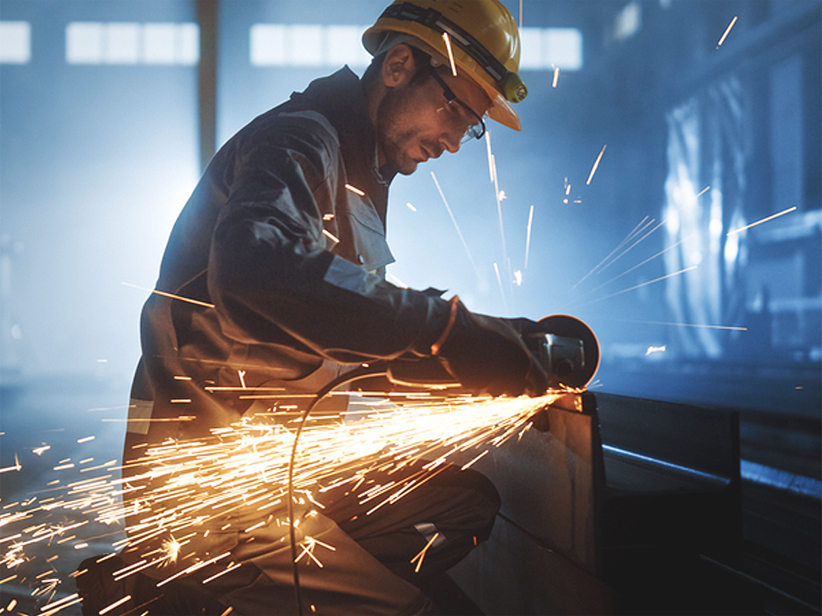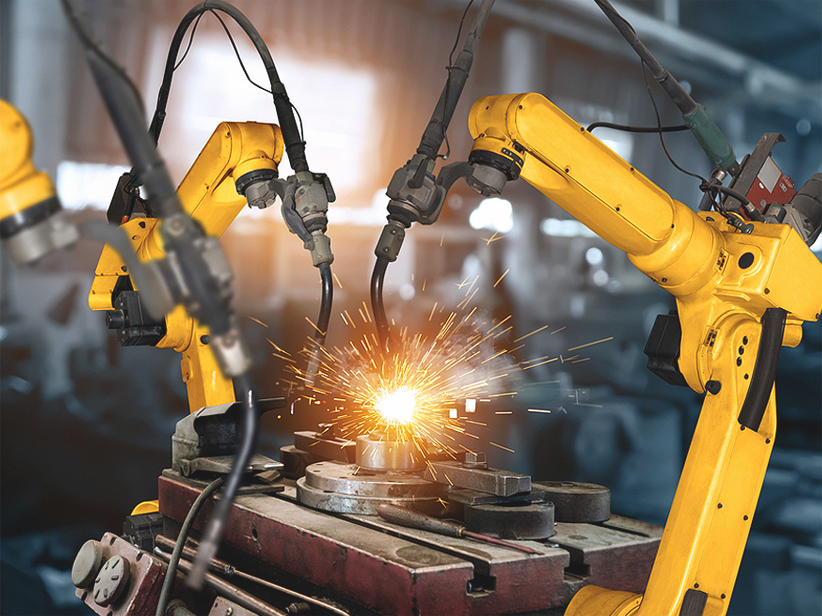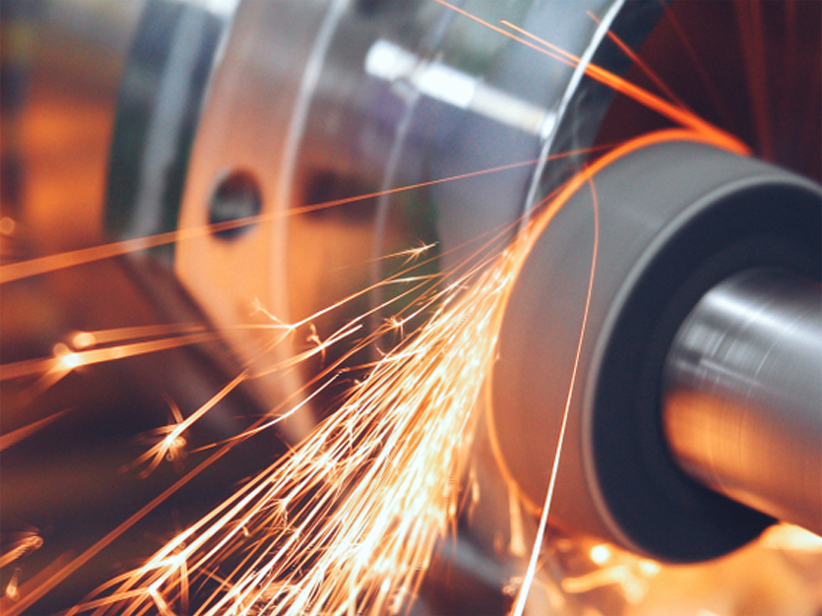What Are The Advantages Of Tig Welding ?
Tungsten inert gas (TIG) welding, also known as Gas Tungsten arc welding (GTAW) is one of the popular welding processes usually employed in the fabrication thin structures. The process is quite simple – the electric arc is initiated between the base metal and tungsten electrode (non-consumable) and suitable filler wire or rod is introduced in the weld pool. The electric DC amperage is provided to the welding process to initiate the arc and the shielding gas, either argon or helium gas, protects the molten metal from getting contaminated.
It is true that TIG is a slow process when compared with MIG or GMAW process but it has its own inherent superior features and merits. Venus wires, one of the reputed TIG wire manufacturers in India, enumerates the various advantages of TIG welding:
TIG welding produces perfect, precise welds and with suitable selection of proper welding rods or wires, it can be easily applied for exotic metals. Infact, whenever high quality and precise welding joints are demanded in the shop floor, welders usually go for TIG welding.
With the help of TIG welding, it is possible to weld most of the common metals or alloys such as mild steel, stainless steel, Titanium, Aluminium and copper. And only the shielding gas, current requirement, and filler wire changes for every base metal that needs to be welded.
As Argon performs well at high arc voltages, it easily starts the arc and hence commonly employed for mild steel, aluminium, and titanium. On the other hand, helium as shielding gas is employed when higher heat input is required. Again this is very well used to increase the weld speed or penetration. Helium is commonly used as shielding gas in TIG to weld copper, stainless steel, mild steel, and titanium.
Where very hot arc is required, for instance, aluminium and its alloys, a combination of helium and argon are employed.
In short, TIG can be extensively used for welding in most of the common alloys and metals, says Venus wires, one of the reputed TIG wire suppliers, India.
TIG welding uses less amperage when compared with other process. At the outset, it may seem to be a huge disadvantage, but in reality it assists a TIG welder to great extent. Higher amperage is good for thick bars or sections, but it produces undesirable results for thin pieces of job. As TIG welding uses less amperage, the welder easily accomplishes the task. In fact, less amperage TIG welding is a boon for certain alloys and metals, where high current arc is not recommended.
Many of the weld processes leave a slag coating on the weld surface and welder needs to poke those deposits to clear them. TIG, being a clean welding process, does not leave any sort of deposition over the weld bead.
With the foot mechanism and low amperage, a skilled welder can easily control the weld process. Moreover, the welding mechanism is held like a pen, superior control over the welding process is obtained. As a word of caution, it requires immense practice to achieve good control over the welding process.
TIG is the preferred choice in most of the intricate works, where shape of each and every weld joint counts. For instance, demand of good weld control is evident in jewelery, dentistry, and high precision mechanical component fabrications and it is met by TIG. Infact TIG is finding far flung versatile applications, which were being served only by micro-plasma welding.
In a nutshell, TIG is a very good welding process, where precision, good, and clean weld is of concern rather than speed of weld. Venus wires, one of the high quality TIG wire manufacturers in India, has been producing several grades of welding consumables suitable for most of the applications.







